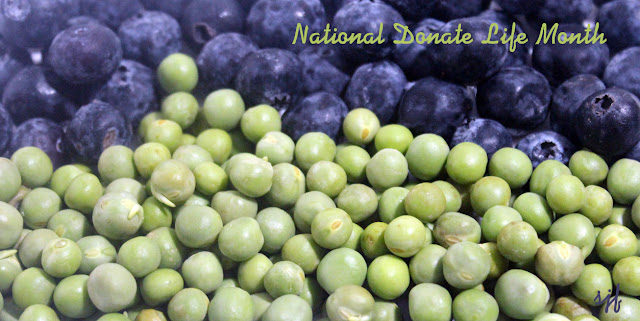Medication Safety Week: Draws attention to this health problem as the 6th leading cause of death. The Women's Heart Foundation started a Medication Safety Week, offering communities strategies to reduce risk while raising awareness.
1. Clean Out Your Medicine Cabinet
Discard outdated medicines and old prescriptions. Store medicines in their original containers and in a cool, dry place. Locate medicines away from children and pets and from those who do not understand.
2. Know Your Medicines
Make a list of your medicines and know what each is for. Learn to identify each pill size, shape and color by name. Note times to take, drug action and any side effects. Know both the generic and trade names of your medicines and what each is for. This may prevent inadvertently double-dosing. Include in your list over-the-counter medicines, birth control pills, patches, and supplements. Keep the list updated and keep it with you at all times. Don't mix medicine with alcohol - a combination that can be lethal.
3. Read Medicine Labels Carefully
Are you taking what your doctor ordered and the way he ordered it? Note precautionary stickers on the label.
4. Organize Your Medicines
Keep an updated record listing all medicines and supplements you are taking. Use of a medicine organizer box may be helpful, especially for those taking more than one pill several times a day, however, a medicine organizer box requires close monitoring, especially when there is a change in medicines.
5: Transitional Care Aware
Changes in care (i.e. being moved from one hospital floor to another, being transferred from one care facility to another, being discharged home) all require intense coordination of services and good communication amongst health providers. When there are lapses, you are at risk of an adverse event or hospital readmission. One study estimated that 80 percent of serious medical errors involve miscommunication during the hand-off between medical providers.
6: Know Your Individual Risk before Starting a New Rx
Talk to your pharmacist. Discuss your possible risk of a serious side effect to occur.
7: Better Communication with Health Professionals is Key. Share information with all your prescribing practitioners and with your pharmacist about every medicine and supplement you are taking. Discuss all risks and benefits with your prescribing practitioner. Discuss expected effects and possible side effects.

















